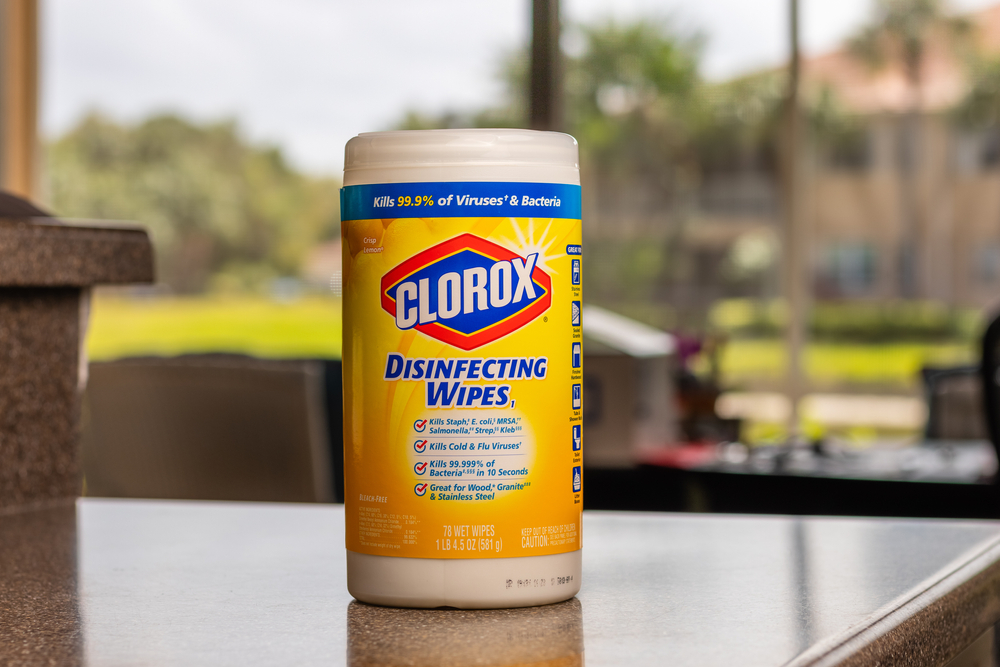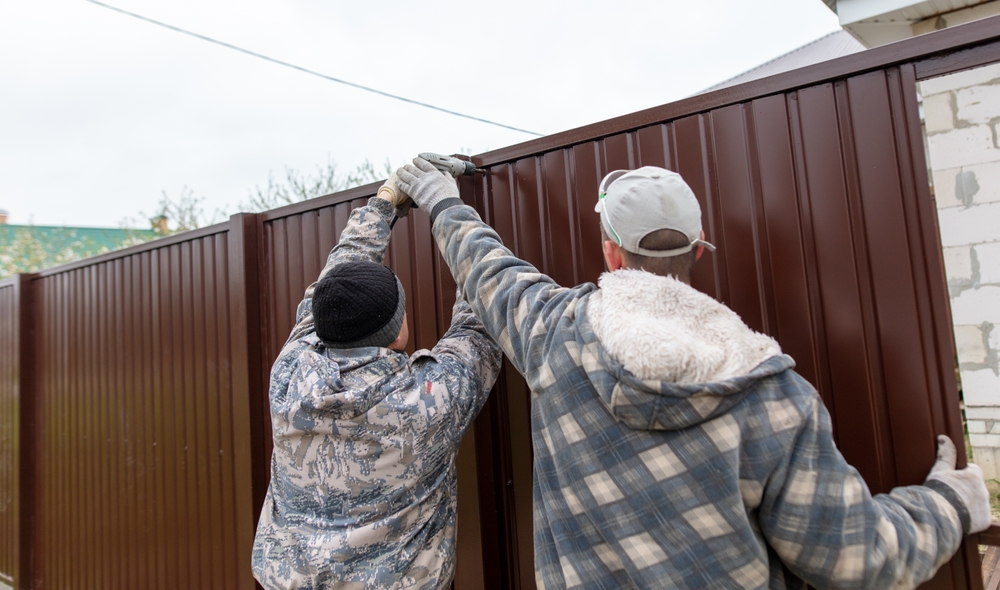Vinyl fences can be a good option for containing dogs in a yard, but their suitability depends on various factors, including the size and temperament of your dog, the height and design of the fence, and your specific needs and preferences. Here are some considerations when it comes to using vinyl fences for dogs:
Advantages of Vinyl Fences for Dogs:
- Durability: Vinyl fences are known for their durability and resistance to rot, decay, and pests, making them a long-lasting choice for dog containment.
- Low Maintenance: Vinyl fences are relatively low maintenance compared to some other fencing materials like wood. They do not require painting or staining and can be easily cleaned with mild soap and water.
- Safety: Vinyl fences typically have no sharp edges or splinters, reducing the risk of injury to dogs. The smooth surface also prevents dogs from climbing or chewing through the fence.
- Privacy and Security: Depending on the design and height of the vinyl fence, it can provide privacy for your yard and prevent your dog from seeing and reacting to external stimuli.
Considerations for Using Vinyl Fences with Dogs:
- Height: Ensure that the vinyl fence is tall enough to prevent your dog from jumping or climbing over it. The fence should be higher than your dog’s standing height when on its hind legs.
- Gaps and Spaces: Be aware of any gaps or spaces between the fence panels that your dog might squeeze through. If needed, you can add lattice or mesh to close these gaps.
- Digging: Some dogs may try to dig under the fence to escape. Consider installing a barrier below the fence, such as a concrete footing, to deter digging.
- Chewing: While vinyl is resistant to chewing, very determined dogs may still attempt to chew on the fence. Providing toys and other distractions can help discourage this behavior.
- Supervision: Always supervise your dog when they are in the yard, especially if the fence is relatively low or if your dog is a skilled jumper or climber.
- Gate Security: Ensure that gates are securely latched to prevent your dog from pushing them open. Consider adding locks or additional security measures if needed.
- Training: Proper training and socialization are important for ensuring that your dog respects the boundaries of the fenced area. Training your dog to stay within the yard can help prevent escape attempts.
- Neighbors: Communicate with your neighbors if your dog is reactive or barks a lot, as vinyl fences may not provide as much visibility between properties as chain-link fences.
The suitability of a vinyl fence for containing your dog depends on your specific circumstances and your dog’s behavior. Be sure to choose an appropriate fence height and style that meets your needs and keeps your dog safe and secure in your yard. Regular maintenance and inspections of the fence are also important to ensure its effectiveness as a dog containment solution.



